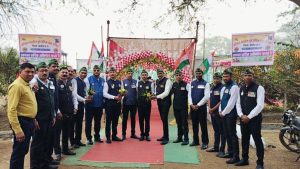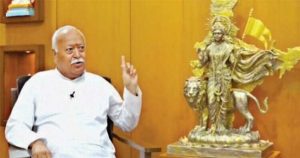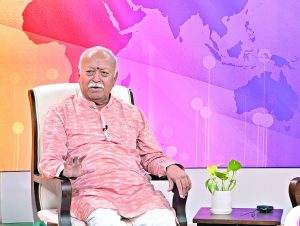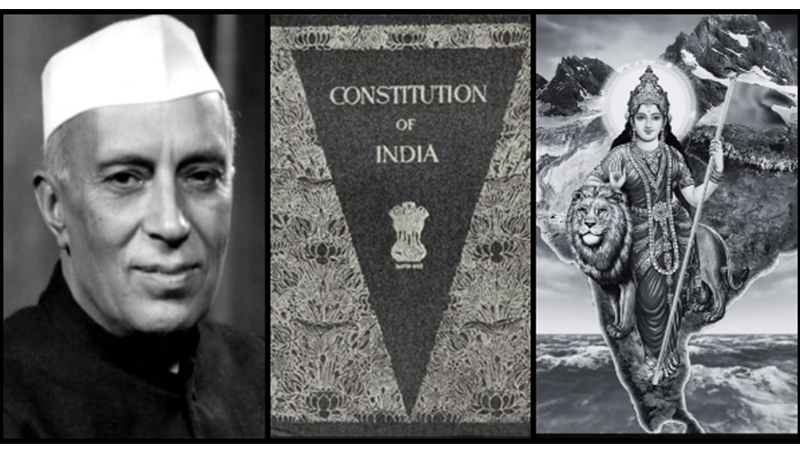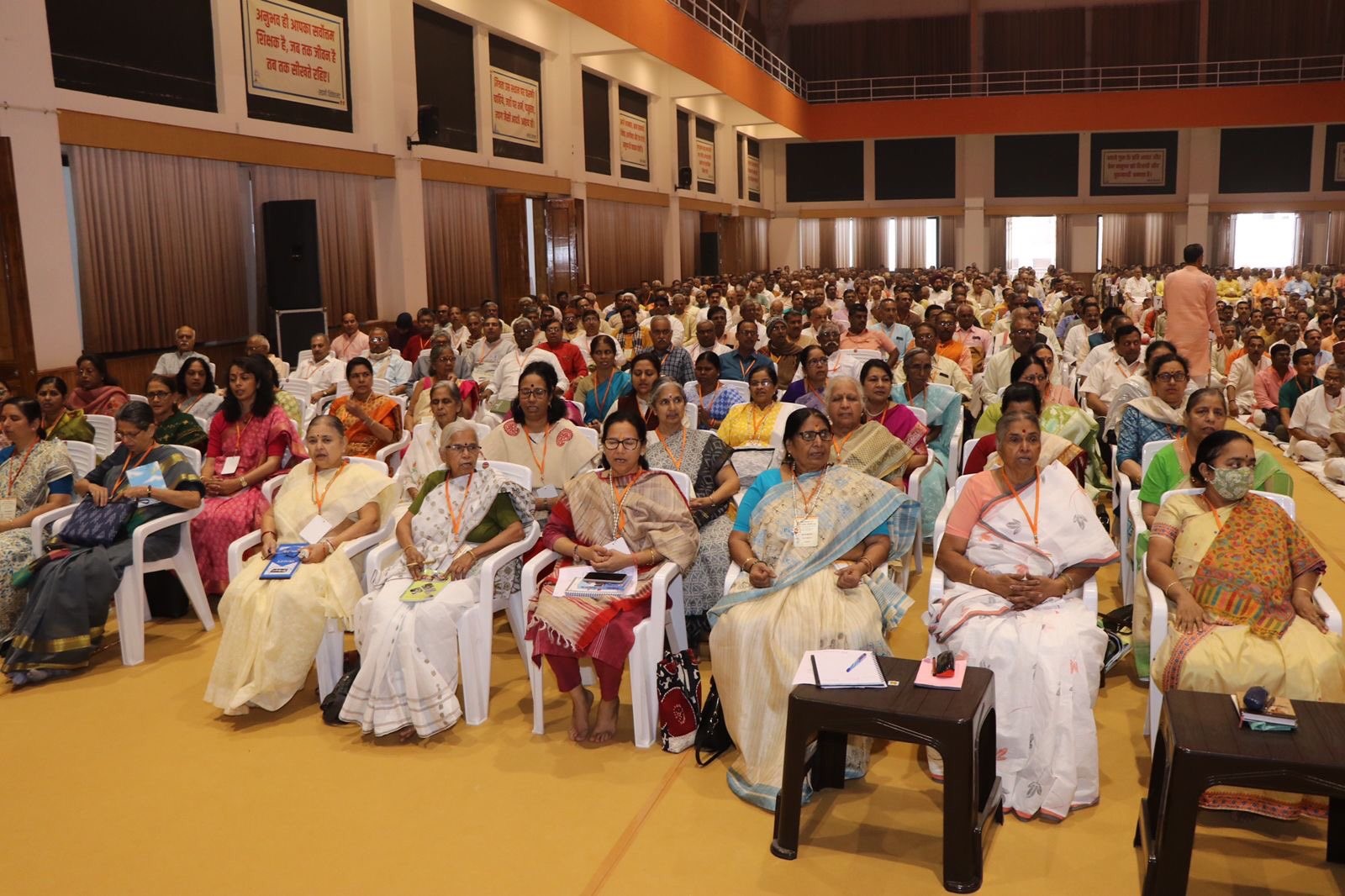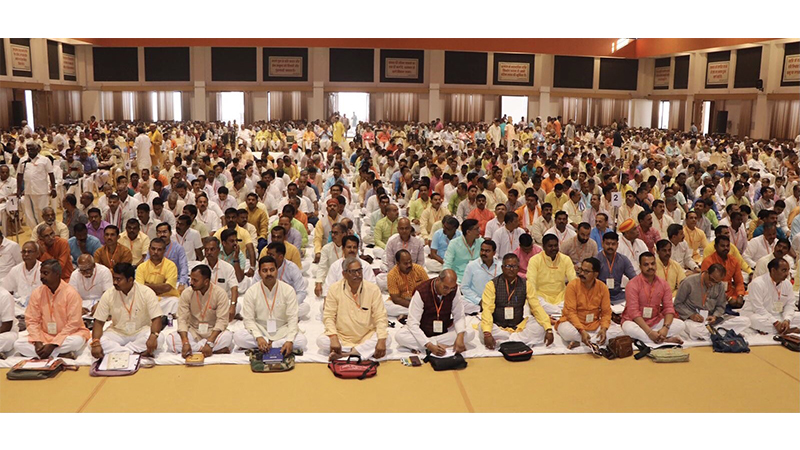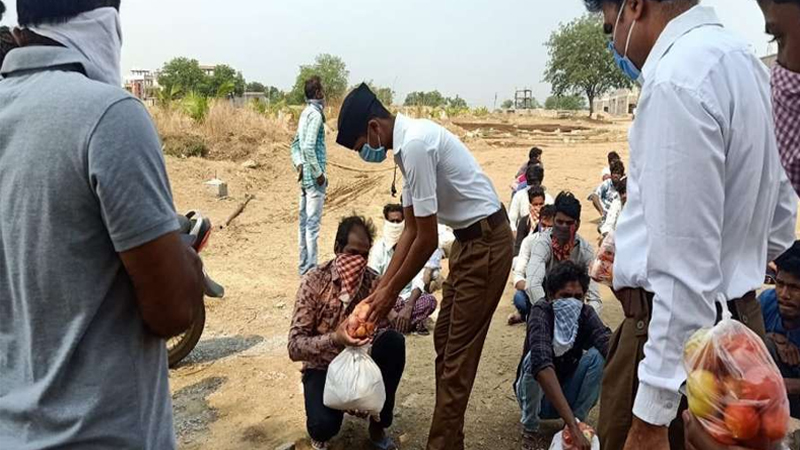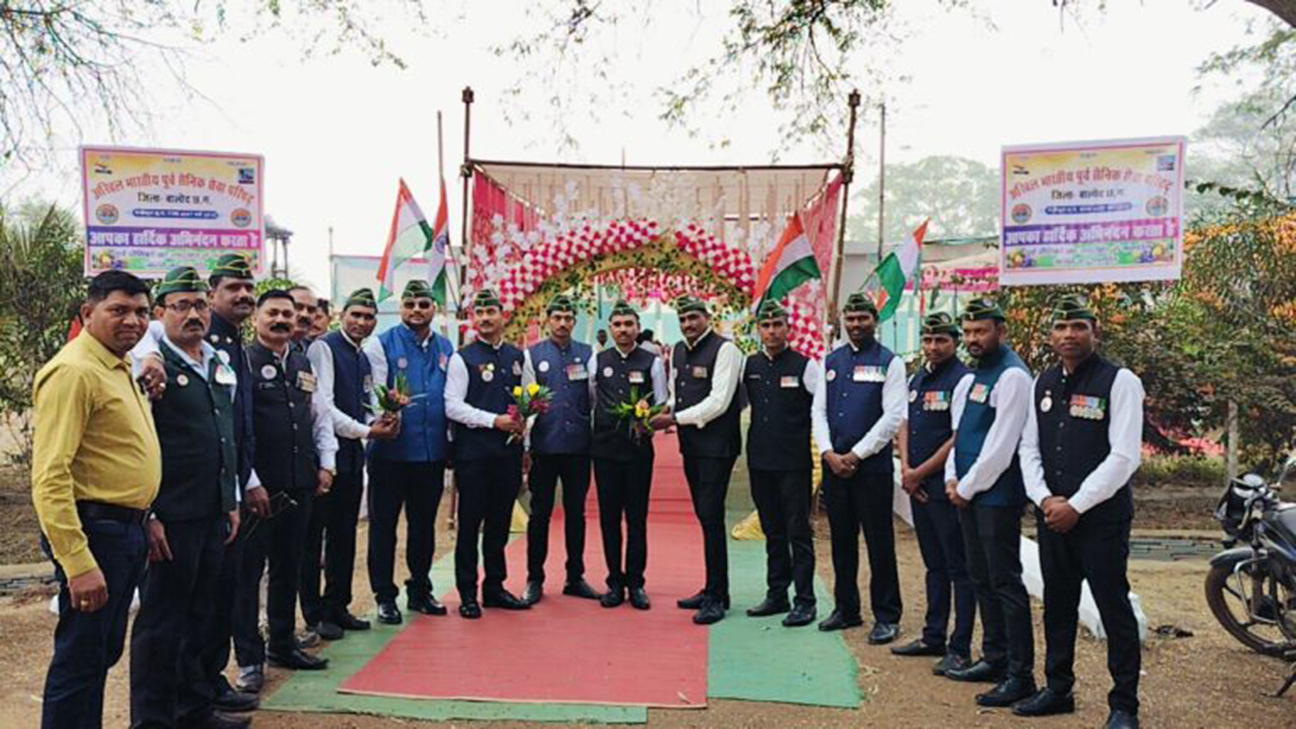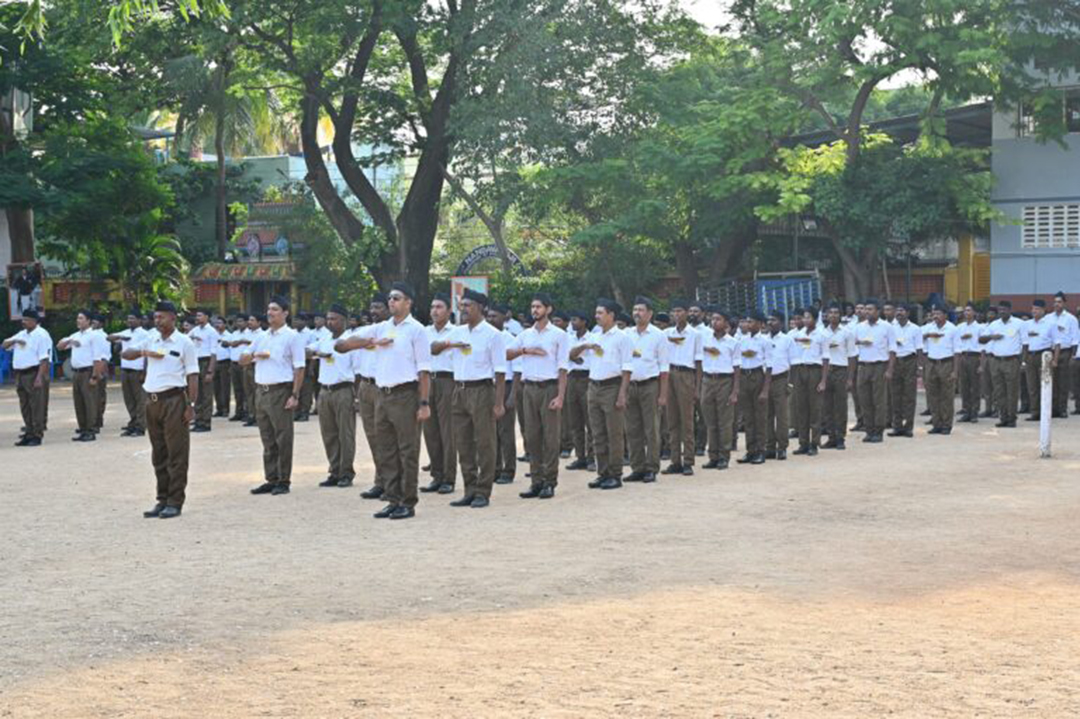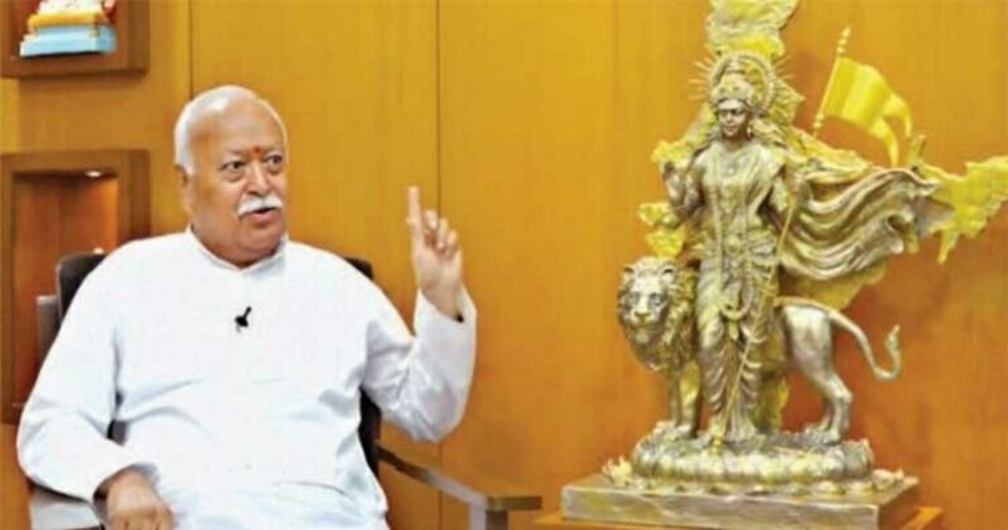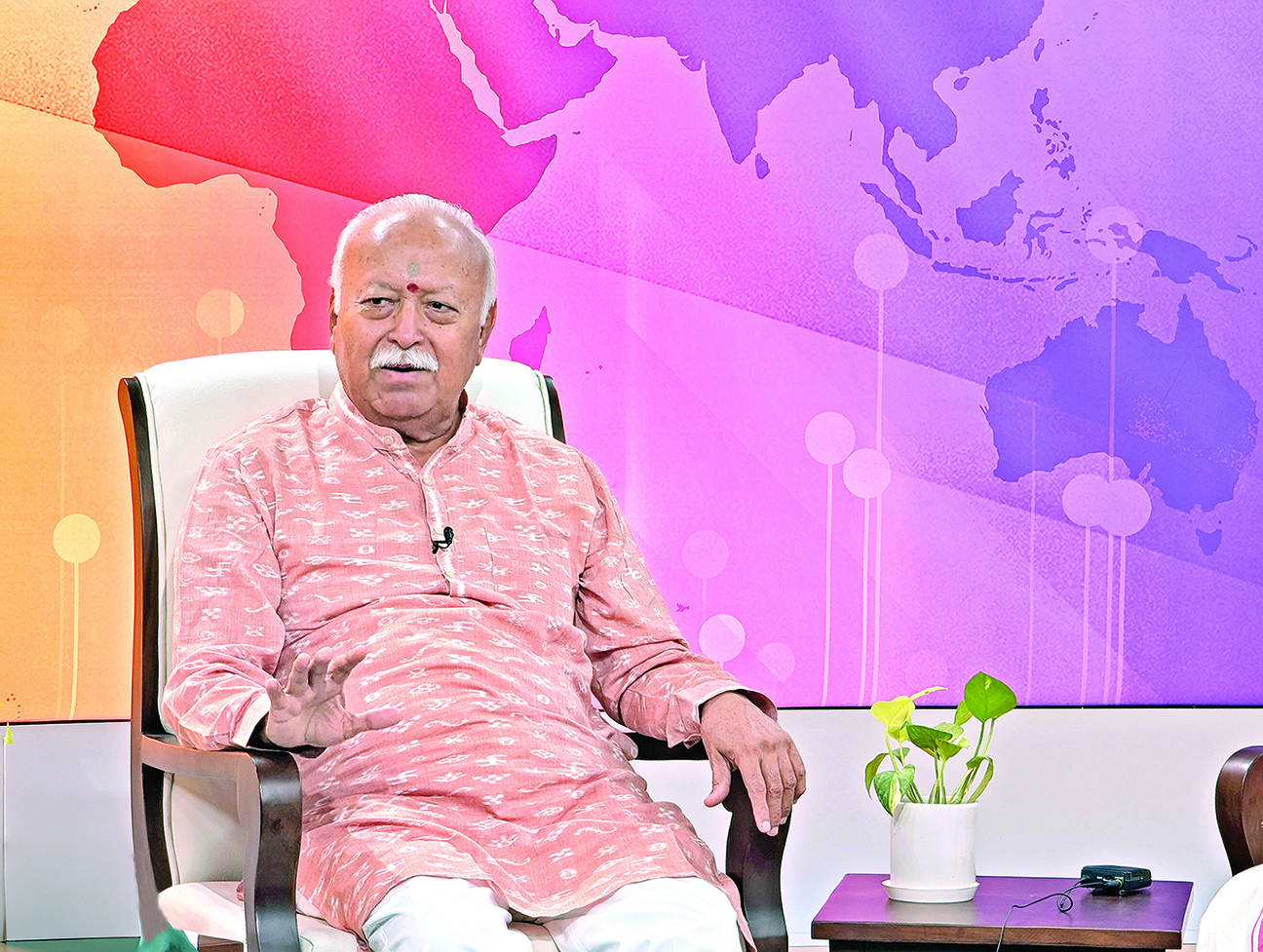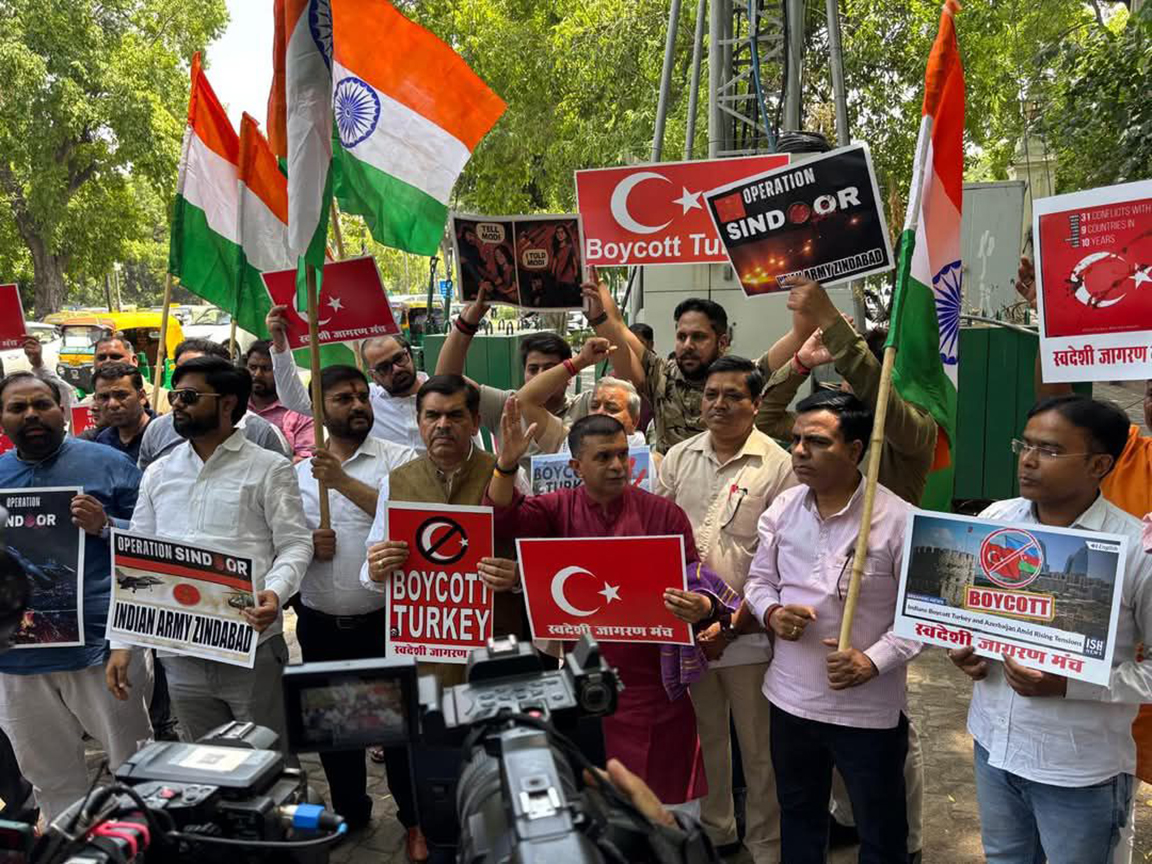RSS developing indigenous model of rural development for Indian villages
Updated: April 11, 2024 6:51

Rural India has been one of the key focus areas of Rashtriya Swayamsevak Sangh (RSS) and over the period it has developed an indigenous model for making villages self-sustainable.
Though Deendayal Research Institute (DRI), an organisation inspired by the RSS and set up by one its stalwarts Bharat Ratna Nanaji Deshmukh had made forays into the field of rural development in 1970s in the Chitrakoot-Gonda area of Uttar Pradesh and Madhya Pradesh, but the RSS took up this as a national project around a decade ago.
Under the Gram Sankul(Village clusters) project, villages have been identified at the block level across the country by RSS volunteers where several initiatives have started. The villagers are encouraged as well as trained and skilled to start cottage industries and generate additional income through dairy farming especially with focus on cows. There is also an increasing thrust on organic farming and protecting and enhancing the fertility of the soil. Specific campaigns are run to preserve the water sources and use water judiciously in the farming.
A look at the annual report of the RSS for 2021-22 gives a glimpse of how projects that take into account the local factors and are tailored accordingly are changing the face of rural India quietly.
The report says, “ Intensive work is going on in Rupakhedi – Anta, Sangod Khand and in all the villages of Adilabad district of Telangana and Puttur district of Karnataka. The work has reached over 5,000 villages.
Under the Sankul Yojana, Self reliance oriented programs have been undertaken in 310 villages in 15 Sankul(clusters). In Patratu (Jharkhand) over 400 women are self-employed today after attending the tailoring classes.
In Bhuj Organic farming based on cow dung is carried on in around 1000 hectares in 9 villages. Various programs related to rural development are going on at the behest of LokSewa Pratishthan an RSS-inspired organisation, in about 800 villages of South Karnataka.
Ganga Sewa, another RSS-inspired organisation, runs 37 Swavalamban Kendra(self-reliance centres) in 22 villages of 9 states. In Uttarakhand, the Utthan Parishad is running various programs including Pravasi Panchayat.
One of the most impressive campaigns undertaken by the RSS in 2021-22 was to improve the quality of land. It was termed Bhumi Suposhan Abhiyan and it was done through a platform called Akshay Krishi Parivar. According to the official data of the RSS, 5,41,968 farmers from 18,694 villages participated in Bhoomi Suposhan Abhiyan. Several organisations outside the RSS also joined hands to make this campaign a huge success. These organisations included Kaneri Math, Gayatri Parivar, Patanjali Yog Pratishtan, , Ramakrishna Mission, ISKCON.
The RSS mentioned in its latest annual report for year 2023-24, “Under the Gram Sankul Self-Reliance Project, with an aim to achieve self-reliance, employment to the needy has been provided through low-budget, society-oriented projects in clusters of 10-15 villages. This has been going on for a decade. Pickle making, tailoring, mechanical and electrical work training, small scale entrepreneurship, bamboo farming, making and sales of various articles from it have come up in the clusters.”
Incidentally, the Centre seems to have taken a cue from these initiatives. Taking it a step further the Centre had launched “Pt Deen Dayal Upadhayay Vigyan Gram Sankul Pariyojana” in September, 2017. The project was launched by the then Union Minister of Science & Technology, Earth Sciences and Environment, Forest & Climate Change.
The official communique of the government said, this project was an experiment and an endeavour to formulate and implement appropriate Science and Technology Interventions for Sustainable Development through cluster approach in Uttarakhand.
RSS stalwarts like Dattopant Thengadi and Nanaji Deshmukh had repeatedly pointed out since the 1960s that the western model of rural development is not feasible for Indian villages. It is important to develop multiple streams of revenue for the villagers. It is also important to nurture the local talent and area specific skills and market them.
The RSS initially experimented with some pilot projects and gradually realised that to make India’s growth story permanent it is important to have an indigenously developed rural development model. Through Bharatiya Kisan Sangh, it started working with farmers and through several other organisations such as Chaupal, DRI, Sewa Bharati, its volunteers provide a wide range of services covering a wide spectrum that extends from microfinance to handicrafts.
One of the biggest lessons drawn from the past experiences by the RSS volunteers which they have shared at a number of platforms is that there can’t be a uniform homogeneous model for village development. Every region has its own peculiarities that need to be taken into account. That is why the RSS works on clusters of villages that have common characteristics. This ‘cluster’ approach has delivered impressive results at the ground level in terms of bringing a transformational change in the lives of Indians living in rural areas. The policy makers in India who steer the rural development plans can take a cue or two from these learnings to make their policies deliver more effectively.
